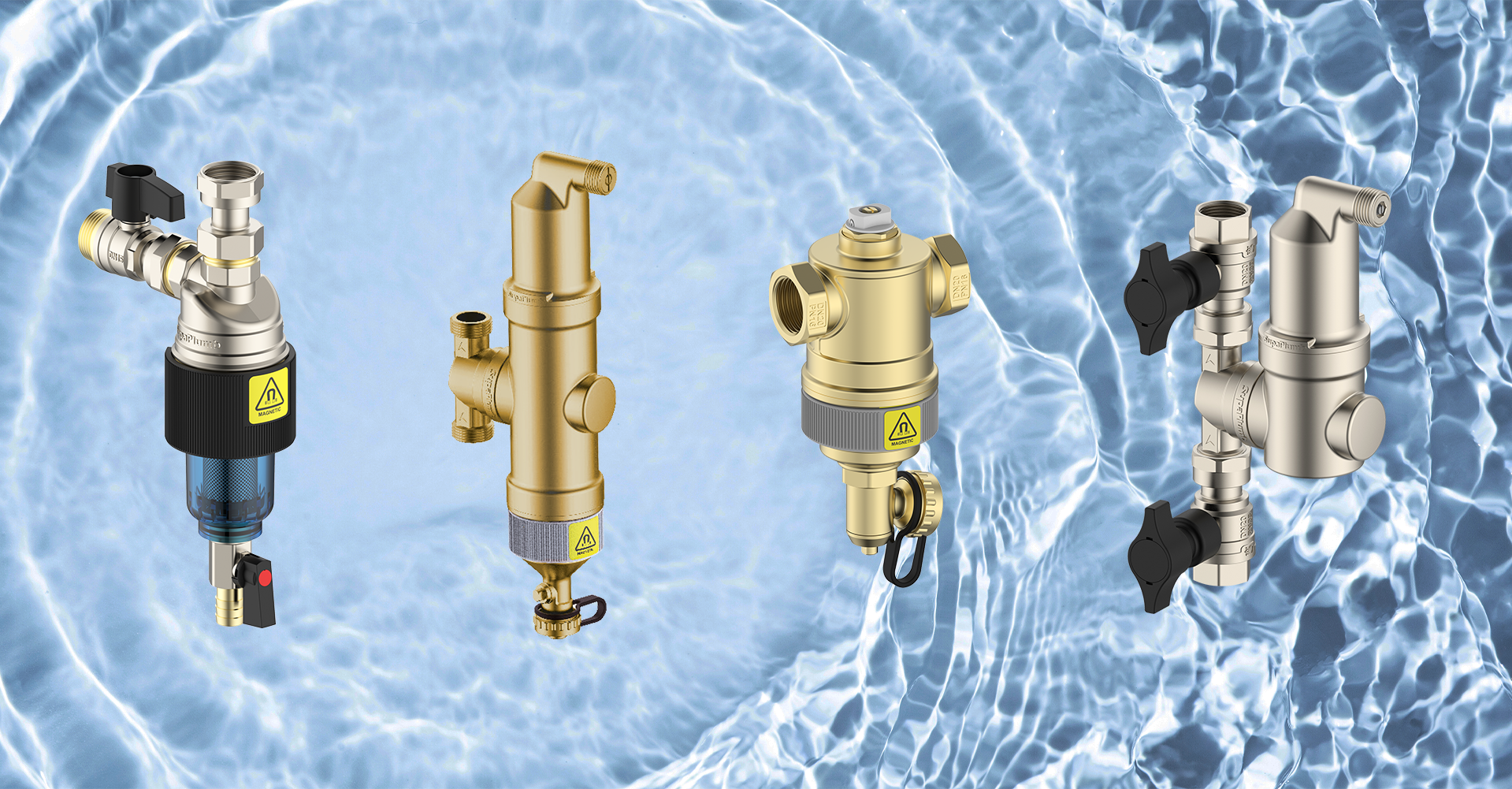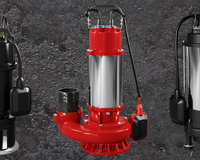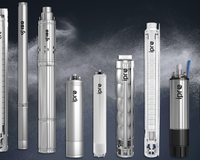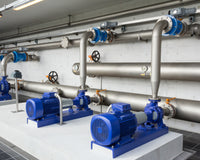Magnetic filters for central heating are elements that significantly increase the life of heating installations, protecting them against harmful impurities, such as iron oxides, which are the main component of rust. Iron oxides are formed as a result of corrosion of metal elements in the installation, and then circulate in the system, accumulating in various parts. The installation of magnetic filters prevents the deposition of these molecules, which protects the system against a decrease in efficiency and increases its durability.
The principle of operation of magnetic filters
Magnetic filters work by catching iron oxide molecules and other impurities that may be in the heating medium. They are particularly effective in installations where the heating factor is a solution of water and glycol (with glycol content up to 50%). These filters can also be used in refrigeration and solar systems, where they additionally catch impurities such as sand. Double filtration is used in these systems, which allows you to effectively remove both magnetic and non -magnetic molecules.
A key element of a magnetic filter is a 9000 Gauss magnet, which separates magnetite and other ferromagnetic impurities. Non -magnetic impurities are captured by an additional filter element in the form of a mesh or sleeve. This design ensures effective filtration, while not disturbing the flow of the heating factor.
Installation of magnetic filters
Magnetic filter installation should be carried out in accordance with the manufacturer's guidelines and the specificity of the heating system. Usually magnetic filters are mounted on a return in front of the boiler, at least 1 meter from the boiler to effectively protect the system against pollution. Installation should be carried out after switching off the installation, draining water and proper preparation of the assembly site.
During the installation, cut off valves and seals supplied with a filter should be installed. It is important that the direction of the heating factor flow is in line with the arrows placed on the filter body. After assembly, make sure that all connections are tight, and then start the installation and vent the magnetic filter.
Why is it worth using magnetic filters?
The use of magnetic filters in central heating installations brings a number of benefits. First of all, these filters provide protection of boilers, pumps and heat exchangers against pollution that can lead to their failure. Thanks to this, the installation works more efficiently, which translates into lower operating costs and a longer life of individual elements.
Magnetic filters, thanks to double filtration, effectively remove both magnetic and non -magnetic impurities, such as sand. Regular maintenance of filters, including their cleaning and emptying, ensures the uninterrupted operation of the installation without the risk of sudden performance drops.
Types of magnetic filters
There are several types of magnetic filters on the market that differ in technical parameters and the scope of applications. The most commonly used models, such as I-001 and I-002, can be installed both in a vertical and horizontal position, while the I-003 is intended only for vertical installation. The choice of the right filter depends on the specifics of the installation and the available mounting space.
Magnetic filter maintenance
In order for a magnetic filter to fulfill its role for a long time, it is necessary to regularly perform maintenance activities. The filter chamber from accumulated impurities should be systematically emptying using the drain valve. Regular maintenance not only ensures optimal operation of the system, but also extends the life of the filter itself.






